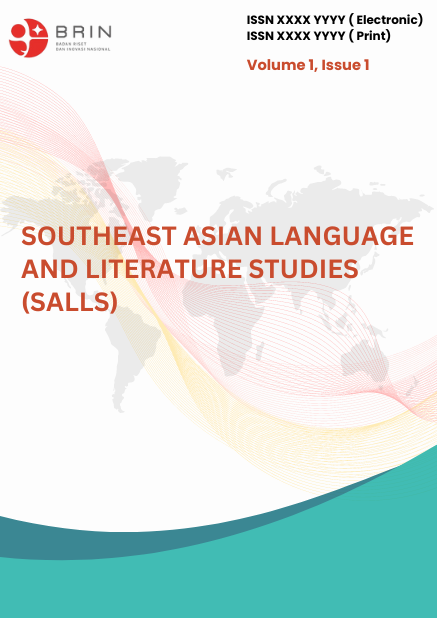The Legend of The Shrine of Prince Diponegoro and Kyai Ajar as a Tourism Promotion Potential for Watu Jengger Waterfall
Main Article Content
Abstract
Oral literature holds a strong attraction to cultural heritage, whether it is heritage in the form of differences or others, such as water sources, mountains, rivers, and forests that may have literature in the form of folklore, myths, mystical stories, or legends in a region. For example, Kulon Progo Regency, a regency directly bordering Magelang, Central Java, is the place where the history of the Javanese War occurred. There is no doubt about the natural beauty of Kulon Progo, such as mountains, peaks, tea plantations, caves, and equally stunning are the murmuring waterfalls like Watu Jengger Waterfall, hidden from the crowds of visitors. This research will delve into how the legends of Watu Jengger Waterfall have become oral literature that has been passed down through generations in Madigondo and have the potential to promote Watu Jengger Waterfall tourism. This research, conducted using the tourism literature method, connects oral traditions (lore) in the form of legends with their collective background (folklore). The research results show that the legends of Watu Jengger Waterfall dominate three forms of oral literature according to Albert B. Lord: formula, theme, and function. Watu Jengger Waterfall can be developed in the development of folklore-based literary tourism, with its legendary stories, both in oral and written literature. Attractions will be one of the most important components as a means of promotion to the general public through media.
Article Details

This work is licensed under a Creative Commons Attribution-ShareAlike 4.0 International License.
